You are here
The Pacific Crest Trail is quickly becoming one of the most popular treks in America. Stretching 2,650 miles from Mexico to Canada, it runs through some of the most spectacular scenery in the west including six national parks, 25 national forest units, and 48 federal wilderness areas. The PCT truly has it all, from the hot and desolate desert of southern California to the majestic 14,000-foot peaks of the Sierra Nevada and the dense forest and rocky volcanoes of Oregon and Washington.
The first known proposal for a trail running from Mexico to Canada came in 1926. After years of exploration and advocacy, the PCT was officially designated as a National Scenic Trail in 1968. It wasn’t until 1993, however, that the trail was officially completed and a “golden spike” ceremony was held in southern California. Today the trail can be a very busy place. Over 6,000 permits were issued in 2017, with over half of those being northbound thru-hike permits. While it can be hard to find the solitude one may expect on a national scenic trail, hiking with others can be a very rewarding experience; camaraderie is quickly formed with other hikers as you embrace the joys and struggles of thru-hiking together.
If you are planning a thru-hike, be sure to secure a permit well in advance. If you are only planning a short trip, refer to the PCTA to determine if a permit will be necessary (it likely won’t be).
The PCT is divided into 29 sections. In this guide we’ll be looking at California Section A, Campo to Warner Springs. Stretching 109.5 miles, this section will make or break many a thru-hiker’s dreams. One of the biggest challenges hikers face in the desert is the lack of water sources. Waterless stretches of up to 30 miles exist, and you need to plan ahead and carry an appropriate amount of water. An extremely useful resource for determining reliable water sources is the PCT Water Report. Please note that, while reliable water caches do often exist during thru-hiker season, it is never wise to rely solely on a cache.
California Section B, Warner Springs to Highway 10
As you leave Warner Springs and Section A behind, the scenery starts to change. The vast and open meadows that dominated the landscape for the last few miles begin to fade away. The trail then follows Agua Caliente Creek for a few miles; this is a good source of water. Once you leave the creek it is a hot and dry walk through huge pinkish boulders until you arrive at the junction to Mike’s Place (mile 127.3). Mike’s Place is an oasis of sorts for hikers. A landowner here supplies a large tank of water for hikers, and it is a much needed water source. If you are not in a rush, it may be worthwhile to take the walk down to Mike’s actual house because he often cooks food for hikers.
After leaving Mike’s the trail traverses up, down, and around some beautiful hillsides. Water again is limited during this stretch. There are some caches. One cache is at Muir Woods (at least that was the name for the 2018 season), maintained by a local trail angel. This spot is truly a moral boost. There is an outhouse, picnic tables, even a makeshift shower and laundry station. But perhaps the best thing is the library. A small selection of wilderness readings and inspiring literature can be found here. The slogan is: “Books you don’t need in a place you can’t find.”
The next stop is Paradise Valley Café (mile 151.8). Raved about by thru-hikers, this place is definitely worth the short walk (or hitch) from the trail. One-pound burgers, milkshakes, and much more are available here. It is also an easy hitch from Paradise Cafe to Idyllwild or Anza if you need to visit one of those towns for resupply/other reasons.
Once back on the PCT, the trail will climb as you head north toward Idyllwild. It really feels like you’re in the mountains during this beautiful stretch. Several springs with cold, clean water are just off trail. Unfortunately, the PCT is closed at mile 168.6. This is due to the Mountain Fire of 2013. Two common alternates are the Fobes Saddle Trail and the Spitler Trail. Both will take you down to Highway 74, where you can hitch around the closure and into Idyllwild.
The town of Idyllwild is one of the most charming and welcoming towns on trail. It has all the things that hikers need: lodging, restaurants, stores for resupply, and even a brewery. Most everything is an easy walk from the central downtown area. One of the coolest things is that the mayor of Idyllwild is a dog. I’ll repeat: The legitimate mayor of Idyllwild is Max – a golden retriever. It is common to see Mayor Max downtown in the afternoon, but you can even call to schedule a meeting with the mayor.
After enjoying Idyllwild, the most common way to get back to the PCT is by hitching a ride to Humber Park, where the short but steep Devils Slide Trail will reconnect with the PCT. Shortly thereafter you’ll have the option to summit San Jacinto Peak or take the PCT (which skirts around San Jacinto). Summiting is strongly recommended; most PCTers take this alternate, and it is well worth it. Fantastic 360-degree views are to be had from the 10,834-foot summit, and just below the summit you’ll find a charming little shelter.
Now for the hard part. From the summit of San Jacinto Peak there is almost 9,500 feet of descent until you reach Interstate 10. This stretch of trail is one of the hardest. Not only is the descent brutal, but there is also no water from mile 186.2 until mile 205.7. Once you’ve made it to the interstate underpass you’ll likely be rewarded with some trail magic. Many hikers also choose to hitch to Cabazon for In-N-Out Burger.
Remember to always practice Leave No Trace principles, pack appropriate gear, and to be prepared both physically and mentally. Happy Trails!
More PCT Guides
Logistics + Planning
Current Weather: Powered by Dark Sky








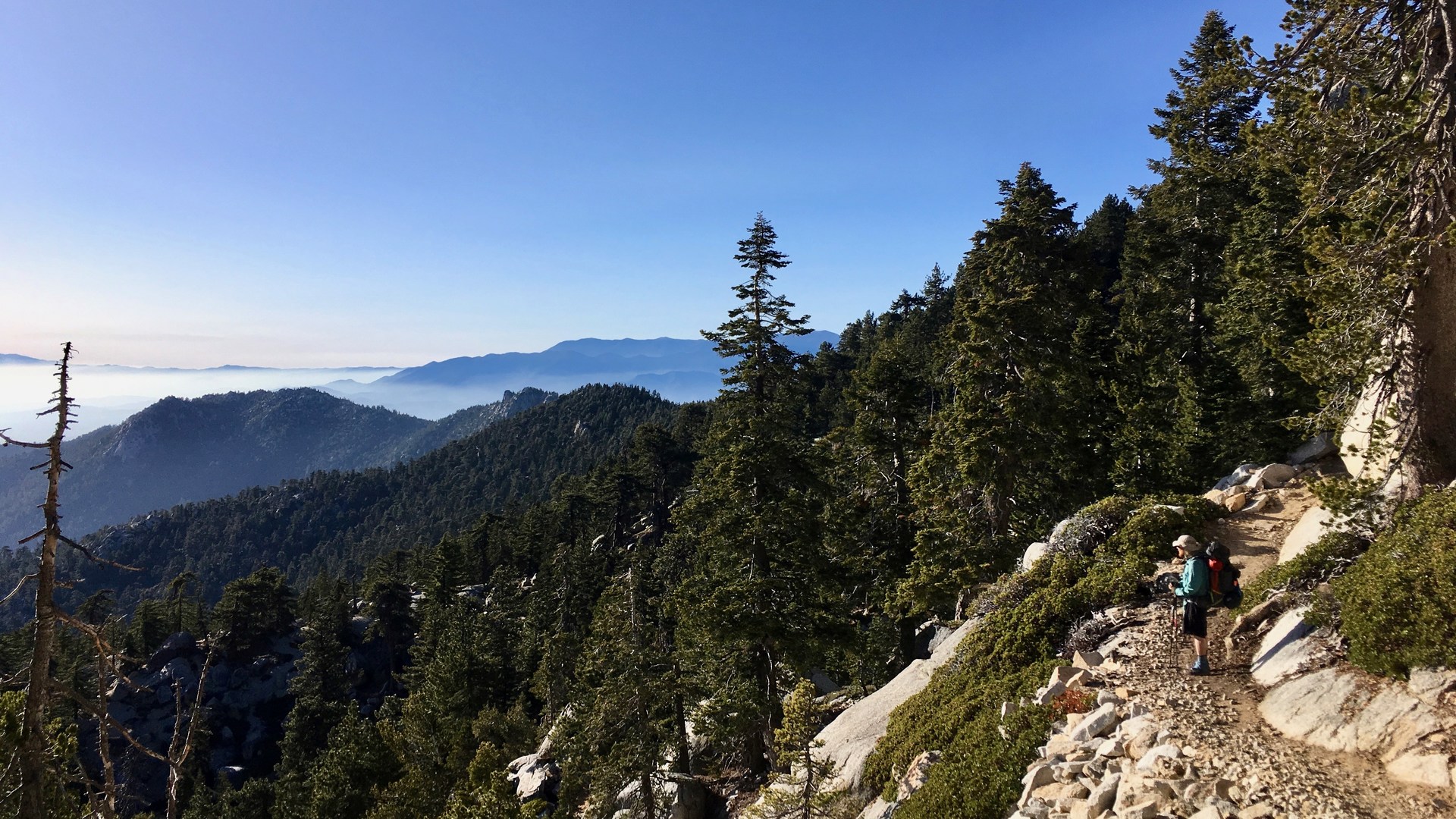












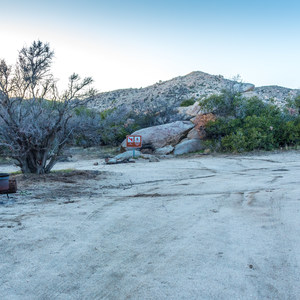
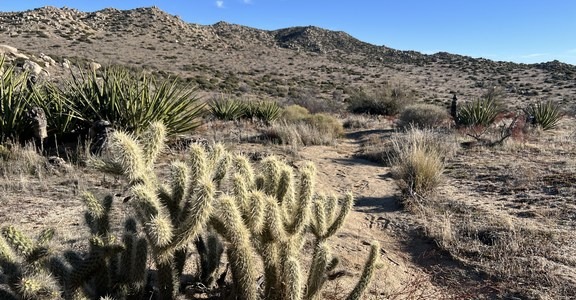
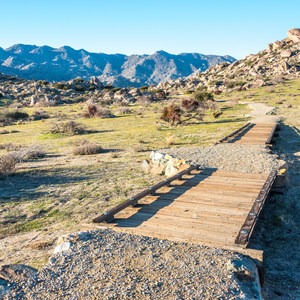
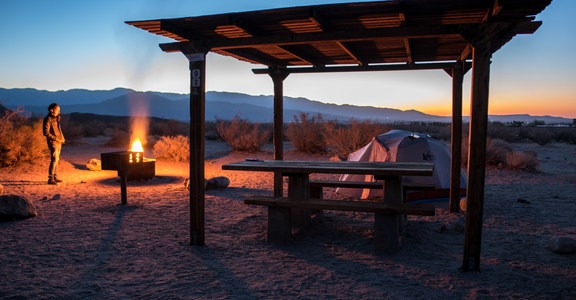
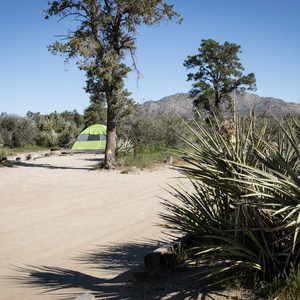



Comments
Sign In and share them.